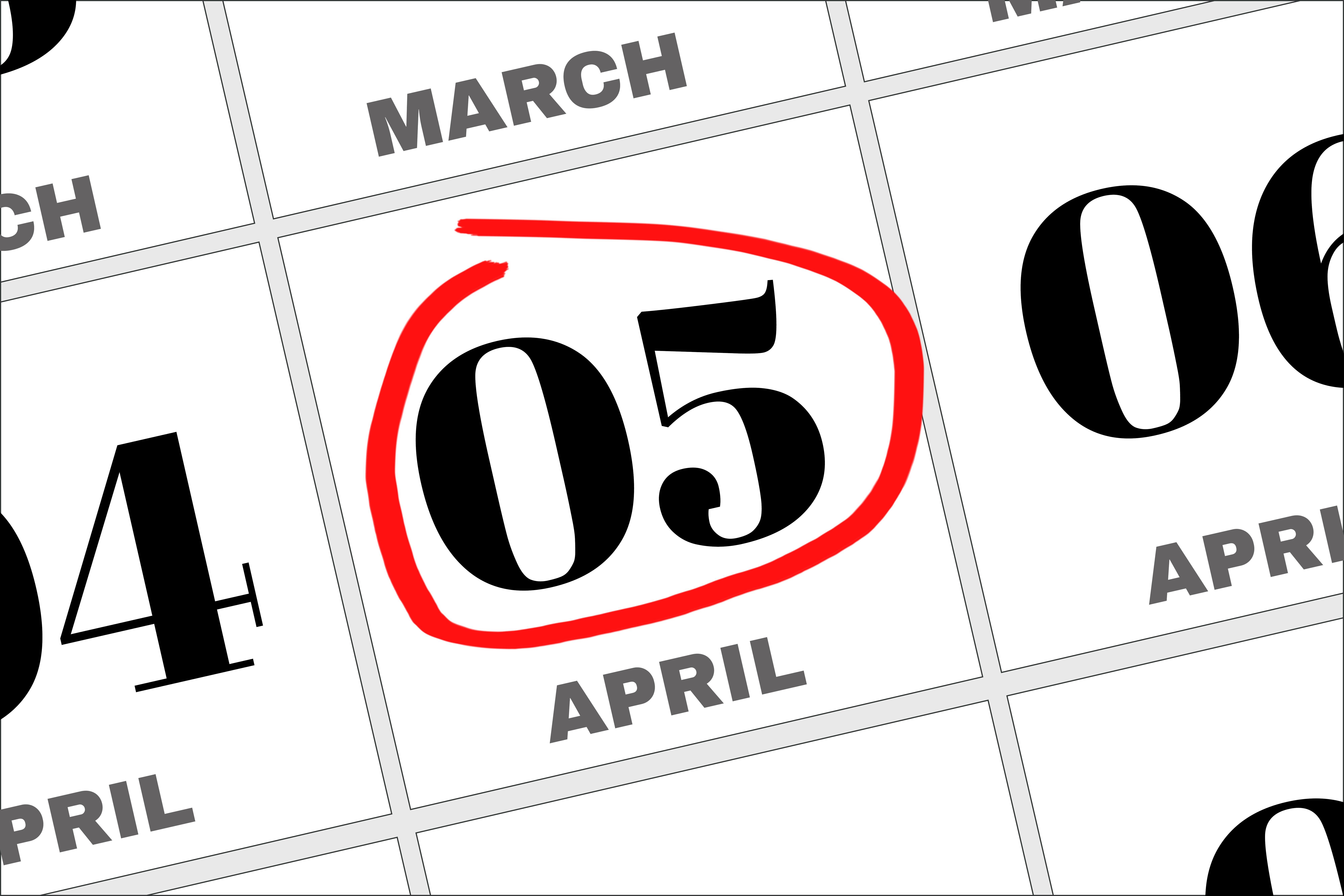
People have less than a week to use their tax-free allowances before the end of the tax year with pension contributions, salary sacrifice and capital gains tax allowances all worth considering
There is are a range of tax-free allowances to use before the end of the tax year on 5 April. The first £12,570 of income is covered by your personal allowance and received tax-free (unless your total income exceeds £100,000.) A further £1,000 of dividend income is covered by a dividend allowance (if not already covered by the personal allowance), and there is no tax to pay.
Basic rate and higher rate taxpayers can also benefit from the personal savings allowance, which means the first £1,000/£500 (respectively) of interest again is free from tax.
Paul Haywood-Schiefer, senior manager at Blick Rothenberg, said: ‘You should consider using the capital gains tax annual exempt amount. You can receive up to £6,000 of capital gains completely tax-free. Therefore, you might just want to use this to re-invest the gains.
‘Be aware that going forward, this will reduce to a paltry £3,000 per annum from April 2024, and if you don’t already do tax returns, you will need to if your gains exceed £3,000 in future years.’
The endless freezing of allowances is dragging more people into higher tax meaning it is more important than ever to use every allowance you can.
Alice Haine, personal finance analyst at Bestinvest, said: ‘Maximising tax allowances – while they are still there – has never been more important considering most personal tax thresholds have been shoved in the deep freeze until 2028 and the government is sticking to its plan to halve the annual capital gains and dividend allowances in the new tax year.
‘There is also no increase to the personal savings allowance, which has remained the same since 2016, putting people at risk of paying tax on the interest they earn on their nest eggs.’
One of the most useful tax-free products is an ISA as you automatically get zero interest on up to £20,000 worth of interest.
Haywood-Schiefer added: ‘Don’t forget your ISAs. If you can, then a useful way of making investments is to make full use of the annual limits for contributions to your ISAs, as any growth, income and gains within these are completely tax-free.
‘The annual maximum amount for an adult that can be saved in ISAs is £20,000 (though a Lifetime ISA has a maximum of £4,000 allowed, which uses part of your overall ISA allowance) in a combination of ways through both stocks, shares, innovative finance or cash.
‘Children up to the age of 18 can have a Junior ISA with a maximum of £9,000, which can be put into this in a tax year. That money does not need to be contributed by them and is a great way for you, other members of the family or friends to help your child save, as they cannot make any withdrawals until they reach the age of 18 (subject to a few exceptions).’
Pension rules may seem complicated with the various allowances and caps but they are another useful way to reduce tax liability.
He added: ‘You can also use up your annual allowance for personal pension contributions. The amount you can put in will depend hugely on the amount of your income for the year, what that income is and what unused allowances you have from the three prior tax years.
‘As a minimum, a person can make pension contributions of up to £3,600 (gross) in the year and an annual allowance of up to £60,000.
‘The contributions you make to your personal pension fund are considered to be made net of basic rate tax, so the pension fund will claim the excess from the government, ie, you contribute £2,000 personally, the pension fund would claim an extra £500 from the government (2,000 x 100/80 = 2,500).
‘Further to this, higher and additional rate taxpayers can claim tax relief on the contributions through their tax returns, extending their basic rate tax band and giving relief up to 20%/25% (respectively) on the amount of the gross contribution.
‘Personal pension contributions will also reduce a person’s “adjusted net income” so there may be a benefit for those individuals whose income is between £100,000 and £125,140 where the personal allowance is reduced or for those with income between £50,000 and £60,000 who are subject to the High Income Child Benefit Tax Charge. Again, care must be taken with pension contributions so as not to exceed the annual allowance.’
Consider salary sacrifice
Haine said: ‘If you fear a pay rise or bonus will tip your income into a higher tax band, it could be worth asking your employer about ‘salary sacrifice’. Some employers will let their staff reduce their salary or bonus payments in lieu of increased pension contributions.
‘As well as a reduction in income tax, both employee and employer will pay lower National Insurance contributions (NIC) as a result, which makes pension saving even more tax efficient. Those close to the £50,270 earnings threshold where the higher 40% tax rate kicks in could dip under it by using salary sacrifice pension contributions.
‘Salary sacrifice can also be useful for those nearing the threshold for the 45% additional rate of tax at £125,140 as well as those earning above £100,000 who have a very unique tax challenge. For every £2 of taxable income above £100,000, they lose £1 of the personal allowance of £12,570.
‘Combine the loss of the personal allowance with the 40% income tax rate and those earning between £100,000 and £125,140 under the current rules are effectively paying an eye-watering 60% income tax on that proportion of their income.’
Source: Accountancy Daily

